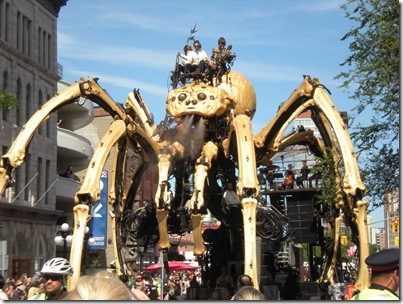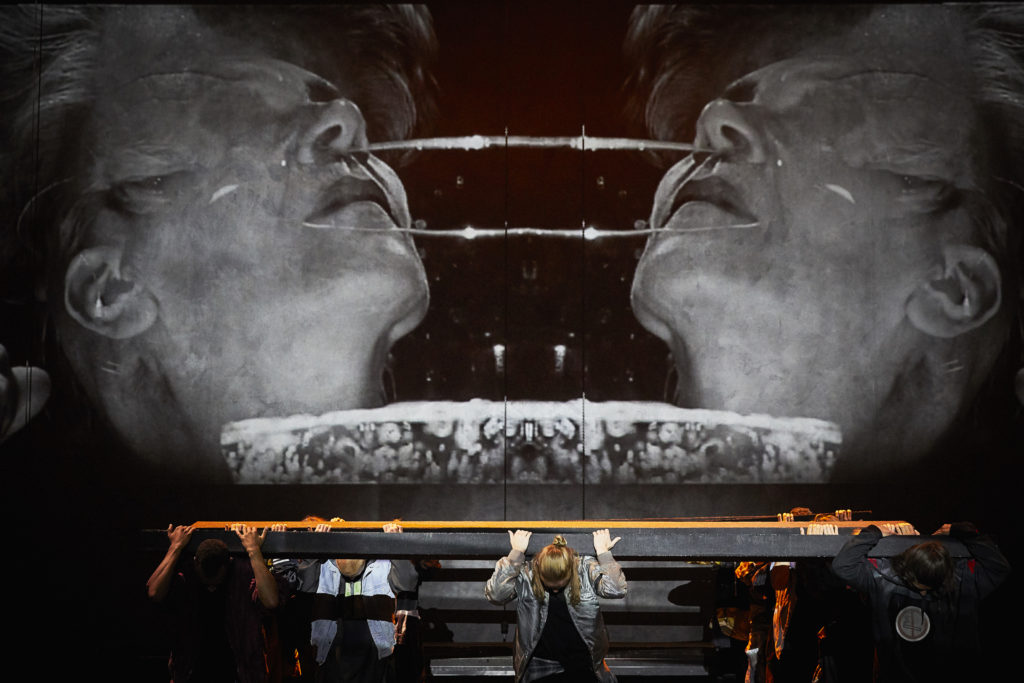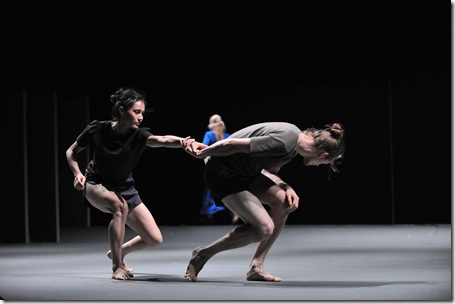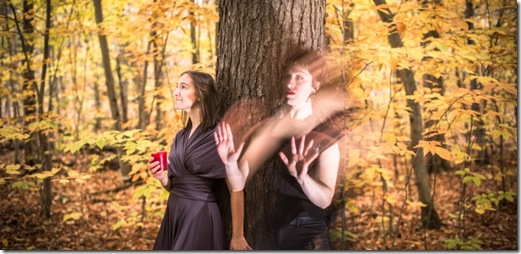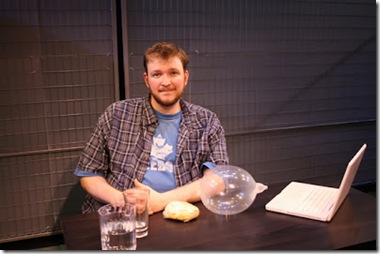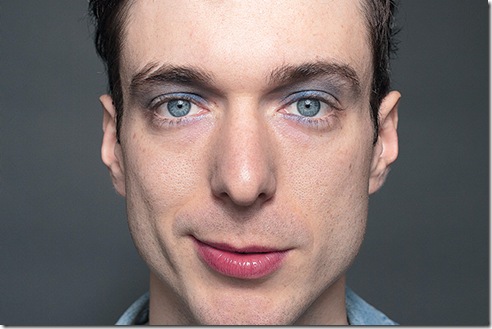 Photo: Walter Watier. Jordan Tannahill.
Photo: Walter Watier. Jordan Tannahill.
In this postmodern time of fluctuating categories and unstable definitions, it becomes exceedingly difficult to pass judgement on recent works of art because there are few fixed categories that allow us to define anything. Everything is defined by its own logic and this is what happens when one is faced with Post Eden by Jordan Tannahill who rejects theatre practice that has preceded his own research. The only way to react to this piece is to let ones emotions flow and say “that made me feel good”, it was “fun” , it was “entertaining” or else that was irritating I didn’t like it, even though I can’t really say why. Those kinds of remarks are self-indulgent and not useful if one is trying to understand what Tannahill is doing.
We might begin with an interview published by Patrick Langston in the Ottawa Citizen (April 14). The journalist quotes Tannahill who speaks about “taking risks” because when something is projected into a performance space that has not been carefully subjected to some form of theatrical mediation, the risk of mistakes, or confusion, or sloppiness even failure is clearly there. But all that contributes to Tannahill’s sense of theatrical “liveness” which he pushes to the ultimate degree. . Theatre is anything that happens with real people in front of an audience and by heavily mediating the actors, the production (through a specific script, direction, blocking, lighting, costumes, multi media elements, time and spatial limits, all those conventions of the stage ), theatre is no longer a situation of pure “liveness”, it becomes a construction, an entity that is false, artificial, not a place of risk-taking and Tannahill wants to take real risks.`
…
Read More Read More
